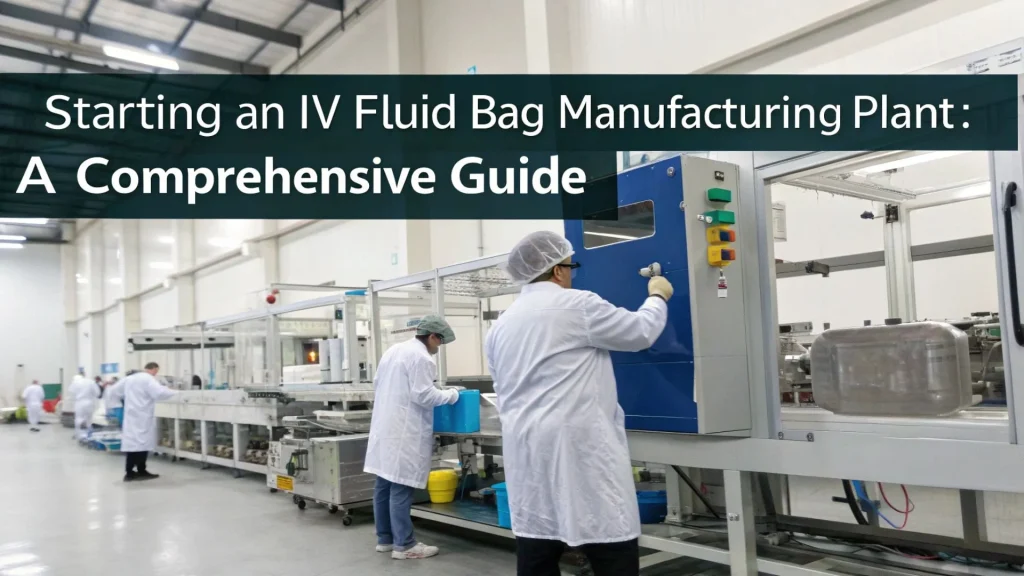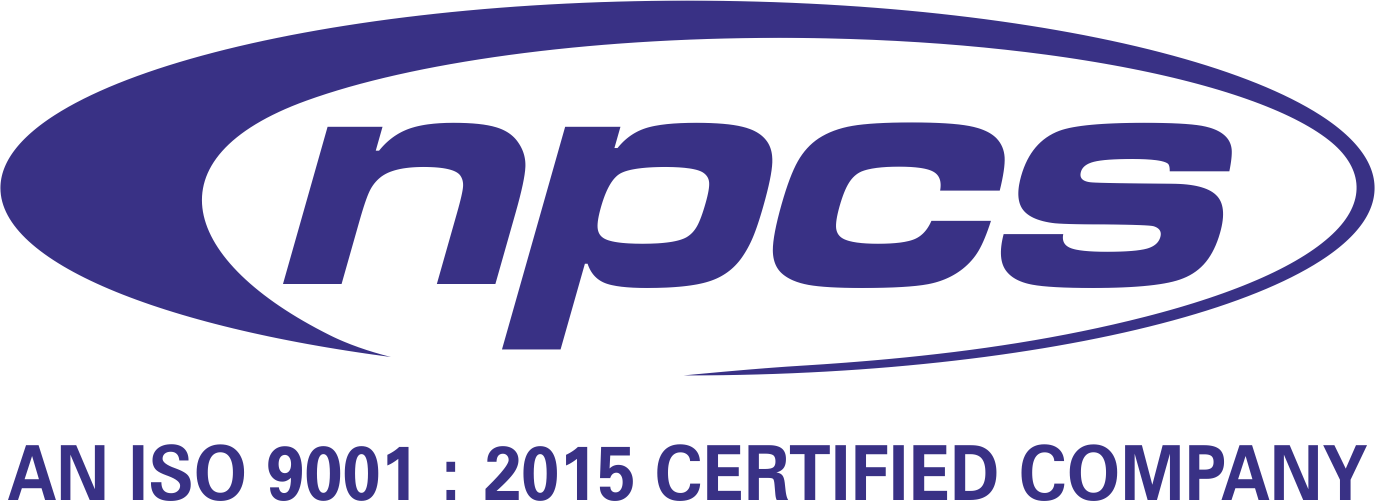Starting a Profitable Ascorbic Acid Powder Business from Sorbitol
The global nutraceutical and pharmaceutical markets are booming, and Ascorbic Acid Powder, or Vitamin C, stands at the forefront of this demand wave. As a critical component in food fortification, supplements, and cosmetics, its business potential continues to rise. With sorbitol as a widely accepted and cost-effective raw material, entrepreneurs now have the opportunity to enter this high-potential market with scientifically backed processes and proven demand channels. Starting a business based on the conversion of sorbitol to ascorbic acid powder is not only technically feasible but also highly scalable and profitable when done right.
This guide provides an in-depth look into setting up a Ascorbic Acid Powder business from scratch using sorbitol, outlining every crucial aspect from production and licensing to marketing and expansion.
Understanding the Power of Ascorbic Acid Powder
Ascorbic Acid Powder is a water-soluble form of Vitamin C that plays a key role in the human body. It functions as a powerful antioxidant, helps in collagen synthesis, boosts the immune system, and supports iron absorption. Its industrial applications include:
- Fortification in beverages and food products
- Essential ingredient in nutritional supplements
- Antioxidant in skincare and cosmetic formulations
- Preservative in processed foods
- Animal health products
Because of its diverse applications, the demand for ascorbic acid powder spans several industries, making it a highly sustainable business option with multiple revenue streams.
Why Sorbitol is Ideal for Ascorbic Acid Production
Sorbitol, a sugar alcohol derived from glucose, is a stable, inexpensive, and widely available compound. In the Reichstein Process, a classical method of Vitamin C production, sorbitol acts as the starting material. Through a series of fermentation, oxidation, and chemical conversion steps, sorbitol is transformed into high-purity Ascorbic Acid Powder. This process has stood the test of time and still serves as a blueprint in industrial production today.
Detailed Manufacturing Process of Ascorbic Acid Powder from Sorbitol
1. Hydrogenation of Glucose to Produce Sorbitol
The first step is the catalytic hydrogenation of glucose to sorbitol. This reaction is typically carried out in a high-pressure reactor using nickel as a catalyst. The temperature and pressure must be tightly controlled to ensure a high yield. The reaction is as follows:
C6H12O6 (glucose) + H2 ? C6H14O6 (sorbitol)
2. Fermentation of Sorbitol to L-Sorbose
Using microbial fermentation, sorbitol is converted to L-sorbose. This is achieved by adding Acetobacter suboxydans bacteria in aerobic conditions. The pH, aeration, temperature, and sugar concentration are monitored continuously to ensure optimal microbial activity.
3. Oxidation to 2-Keto-L-Gulonic Acid (2-KLG)
The L-sorbose undergoes oxidation using suitable agents like hypochlorous acid or catalytic methods to convert it into 2-KLG. This intermediate is the immediate precursor to ascorbic acid. Purity of the product is ensured by filtration, neutralization, and removal of residual catalysts.
4. Cyclization and Crystallization
2-KLG is then subjected to acidification and heating to induce cyclization into ascorbic acid. The resulting solution is filtered, cooled, and passed through crystallizers to obtain pure Ascorbic Acid Powder. The crystals are then dried and milled into fine powder form suitable for commercial use.
Licensing, Legal, and Regulatory Compliance
To manufacture and sell Ascorbic Acid Powder, you must meet strict industry standards and legal protocols.
1. Business Formation
Register your business entity under appropriate laws such as LLP, Pvt Ltd, or Proprietorship depending on your business structure. Choose a name that reflects credibility and scientific trust.
2. Drug Manufacturing License
Apply for a drug manufacturing license through your local FDA or equivalent authority. This includes facility inspections, documentation of procedures, and validation of your production process.
3. FSSAI Certification (India) / FDA Approval (U.S.)
Since Ascorbic Acid Powder is used in food and health products, you’ll need safety and compliance certifications such as FSSAI (India) or FDA (U.S.) to legally distribute your product.
4. Pollution Control and EHS Approval
Install proper waste management systems and get clearance from local Pollution Control Boards. Safety and environmental sustainability will play a major role in operational permissions.
Capital Investment and Equipment Needed
Initial Capital Estimate
The cost to start a medium-scale Ascorbic Acid Powder plant ranges from ?1.2 crore to ?2.5 crore ($150,000–$300,000). The major capital investments include:
- Plant & land lease or purchase
- Machinery & automation
- Licensing and legal compliance
- Working capital and raw material procurement
- Quality control setup
Essential Plant Machinery
- Hydrogenation reactors
- Fermenters with aeration control
- Centrifuges
- Crystallization tanks
- Fluid bed dryers
- Industrial filtration units
- Milling and packaging units
- Water purification and effluent treatment system
Each piece of equipment must be GMP-certified and suitable for pharmaceutical-grade production.
Raw Material and Procurement Strategy
Major Raw Materials
- Sorbitol (can be purchased or produced in-house from glucose)
- Catalysts (e.g., Nickel)
- Fermentation cultures
- Chemicals like HOCl, NaOH, H2SO4
- Water, solvents, and reagents
Sourcing Strategy
- Develop partnerships with trusted vendors offering bulk discounts
- Ensure supply chain redundancy by working with multiple suppliers
- Conduct regular quality audits and raw material testing to maintain consistency
Human Resources and Staff Requirements
Team Structure
- Production Head (Chemical Engineer)
- Microbiologist (for fermentation process)
- Lab Technicians
- Quality Control Officers
- Skilled Machine Operators
- Maintenance and Utility Staff
- Procurement and Logistics Team
Training & SOPs
- Conduct training on SOPs, GMP, safety compliance, and cleanroom protocols
- Train all staff on emergency response, chemical handling, and contamination control
Packaging and Labeling
- Use moisture-proof, airtight HDPE or fiber drums for packaging
- Label according to industry norms including product name, batch number, expiry date, purity, and usage instructions
- Offer custom labeling and bulk packaging for B2B clients
Marketing Strategy for Ascorbic Acid Powder
Identifying the Target Market
- Nutraceutical companies
- Pharmaceutical manufacturers
- Cosmetic brands
- Animal feed producers
- Food and beverage brands
Brand Positioning
Highlight features like:
- 99%+ purity
- Non-GMO, vegan, and allergen-free certification
- ISO, GMP, and HACCP compliance
- Bulk availability with consistent batch quality
Promotional Channels
- Build an SEO-optimized website with technical datasheets
- Use LinkedIn and trade portals like IndiaMART, Alibaba, ThomasNet
- Participate in pharmaceutical and food ingredient expos
- Partner with international distributors
Export and Global Trade Opportunities
The export potential of Ascorbic Acid Powder is significant, especially in health-conscious regions like North America, Europe, and Southeast Asia.
Export Certifications
- IEC Code (Import Export Code)
- Halal and Kosher certification
- Free Sale Certificate (for food-grade product)
- Custom declaration and shipping compliance
Work with freight forwarders and export consultants to streamline global logistics.
Quality Control and Assurance
Lab Setup
Invest in HPLC, UV-spectroscopy, and microbiological testing equipment to analyze:
- Product purity
- Microbial count
- Residual solvents
- Heavy metal contamination
Batch Documentation
Keep thorough batch records and test reports to ensure traceability and maintain trust with clients.
Risk Factors and How to Mitigate Them
- Fermentation failure: Use high-quality bacterial cultures and maintain sterile conditions
- Raw material price volatility: Lock annual contracts with suppliers
- Regulatory risk: Stay updated with changing standards via industry forums
- Product recall risk: Implement strict QA and third-party validation
Scalability and Future Expansion
Start with a manageable capacity (e.g., 500–1000 kg/day) and expand with market demand. Diversify into related products like:
- Sodium Ascorbate (buffered Vitamin C)
- Calcium Ascorbate (less acidic form)
- Ascorbyl Palmitate (fat-soluble antioxidant)
- Vitamin C blends for custom nutraceutical formulations
R&D can also lead to patentable processes and more efficient biotechnological methods for higher yield.
Conclusion
Starting a Ascorbic Acid Powder business using sorbitol offers a perfect blend of scientific innovation and commercial opportunity. With meticulous planning, high-quality infrastructure, regulatory compliance, and aggressive marketing, this venture can scale into a national or even global supplier of pharmaceutical-grade Vitamin C. The growing demand and limited high-purity suppliers create a gap in the market that the right business can successfully fill.
Visit the page Select and Choose the Right Business Startup for You for sorting out the questions arising in your mind before starting any business and know which start-up you can plan.
We, at NPCS, endeavor to make business selection a simple and convenient step for any entrepreneur/startup. Our expert team, by capitalizing on its dexterity and decade’s long experience in the field, has created a list of profitable ventures for entrepreneurs who wish to diversify or venture. The list so mentioned is updated regularly to give you a regular dose of new emerging opportunities.



